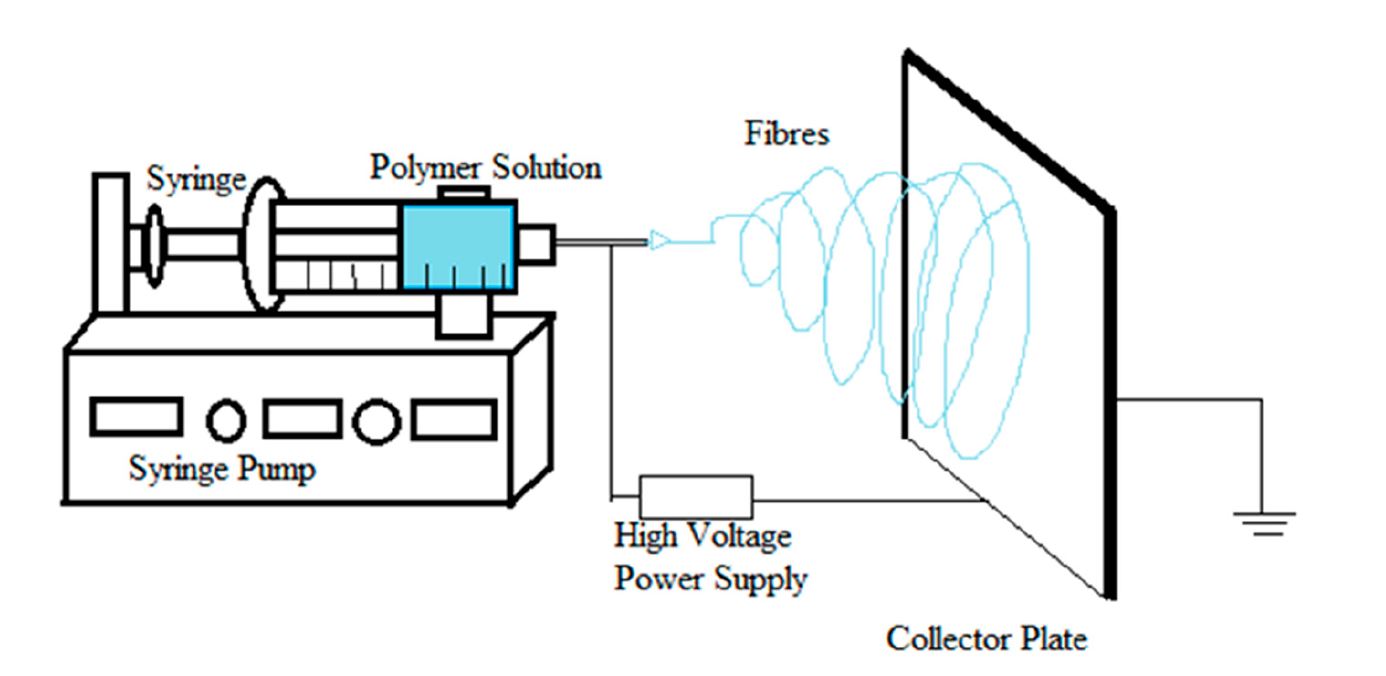Biomedical Applications of Electrospun Nanofibers: Drug and Nanoparticle Delivery

The electrospinning process has gained popularity due to its ease of use, simplicity and
diverse applications. The properties of electrospun fibers can be controlled by modifying either
process variables (e.g., applied voltage, solution flow rate, and distance between charged capillary
and collector) or polymeric solution properties (e.g., concentration, molecular weight, viscosity,
surface tension, solvent volatility, conductivity, and surface charge density). However, many variables
affecting electrospinning are interdependent.
An optimized electrospinning process is one in which these parameters remain constant and continuously produce nanofibers consistent in physicochemical properties. In addition, nozzle configurations, such as single nozzle, coaxial, multi-jet electrospinning, have an impact on the fiber characteristics. The polymeric solution could be aqueous, a polymeric melt or an emulsion, which in turn leads to different types of nanofiber formation. Nanofiber properties can also be modified by polarity inversion and by varying the collector design.
The active moiety is incorporated into polymeric fibers by blending, surface modification or emulsion formation. The nanofibers can be further modified to deliver multiple drugs, and multilayer polymer coating allows sustained release of the incorporated active moiety. Electrospun nanofibers prepared from polymers are used to deliver antibiotic and anticancer agents, DNA, RNA, proteins and growth factors. This review provides a compilation of studies involving the use of electrospun fibers in biomedical applications with emphasis on nanoparticle-impregnated nanofibers. Do you want to read the full article?

